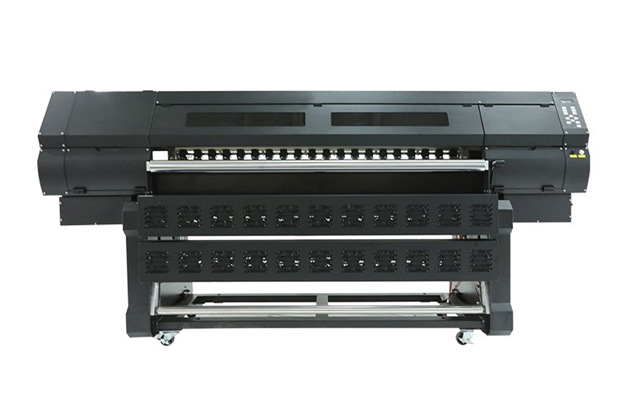Every day, a large number of users face the need to print photos. For this, apparatuses have used that use various methods of fixing information on a given surface. A sublimation, or, as it is also called a thermal sublimation printer is just one of such devices that allows you to print photos in high resolution without loss of quality.
How does the sublimation printer work?
Its work based on the principle of sublimation; in other words, the process when a substance passes from one (solid) state to another (gaseous), bypassing the middle phase (liquid).
In all cases, inside the Thermo sublimation apparatus, there is a unique element that raises the temperature to start the process itself. A film is stretched between such an element and thermal paper more reminiscent of ordinary food-grade polyethene. This film itself contains three primary colours (dye): cyan, magenta, and yellow. When the print start command is received from the PC, the film quickly heats up, after reaching the required temperature, liquid from the dye evaporates. Photographic paper has sufficiently large pores, which expand even more when heated, resulting in the application of a cloud of dust, consisting of ink, quickly and evenly. Paper traps all paint material, absorbing it into itself. When the printing process is completed, the pores are immediately reduced in size, reliably fixing and keeping information on its surface.
Benefits of Sublimation Printers:
Sublimation printers are quite expensive, but such advantages justify their purchase;
- Printing of long-lasting images – the dye penetrates deep into the material, the protective layer seals the pattern, prevents fading, abrasion.
- Higher image quality at a lower resolution when compared to laser and inkjet devices. It is possible by mixing the colours before they hit the work surface.
- Ease of use. Most models have displays that display operational information.
- Ability to work with different materials.
Application:
Even though the principle of operation is the same for all thermo-sublimation devices, it is necessary to make differences in their use. Distinguish between custom printers and devices, which are called professional.
Amateur suitable for small print volumes. As a rule, consumables for home sublimation printers are quite expensive, and their use is not always cost-effective. In any case, before purchasing such a costly gadget, you need to calculate all the costs.
Professional devices are most often acquired by companies that provide printing services. This is because such tools (for example, Fujifilm products) have larger dimensions than user equipment. Therefore, they require more space and consume more electricity. The advantage of this type of technology is the relatively reasonable price tag for consumables. True, this is offset by the very high cost of the device itself, which will not be affordable for every consumer.
The scope of thermo-sublimation printers is pervasive:
- small and medium printing production;
- advertising and printing services;
- colour printing services (photographs, books, magazines, leaflets, posters, and banners) provided by private entrepreneurs.
Such widespread use of sublimation printers is achieved due to the versatility of the sublimation method, which allows producing pictures for fabric and plastic, and not just applying them to paper.




